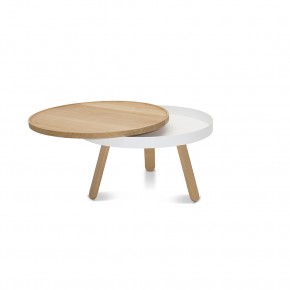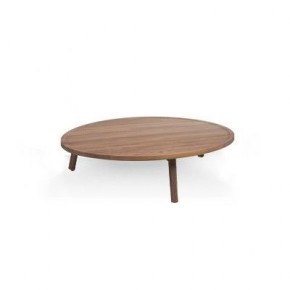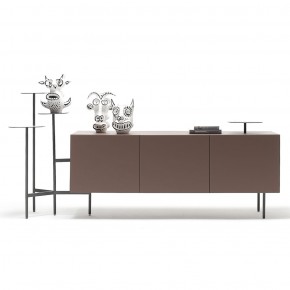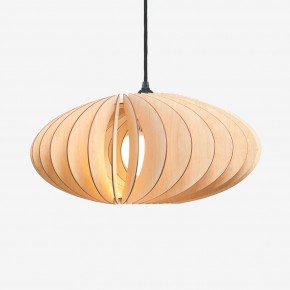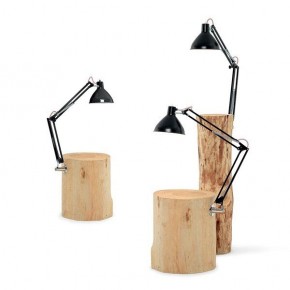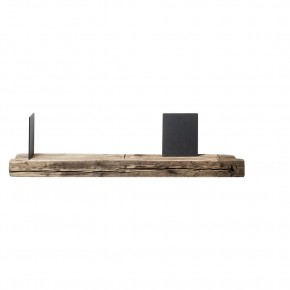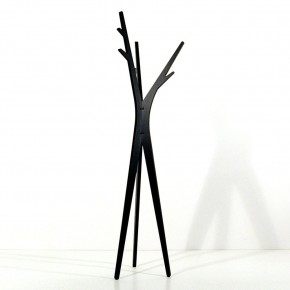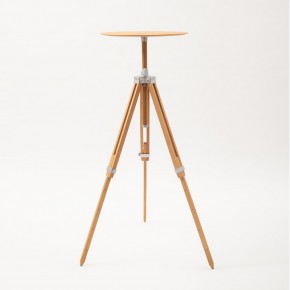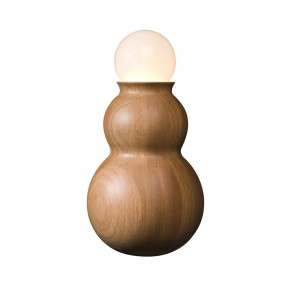- Furniture
- 11044 views
Whether you have seen it in a furniture catalogue, in the photographs of an Instagram influencer or in your best friend's living room, in all probability you already know the beauty of Nordic or Scandinavian interior design.
It is neat, minimal, cosy, calming, relaxing, but also very interesting and fascinating. But what really is Scandinavian interior design? How do you furnish a Nordic-style home? It is a style that can be tricky to emulate when you are not completely familiar with it!
In this article we will find out what Nordic interior design is and how to furnish your home using the Scandinavian style.
What is Nordic or Scandinavian interior design
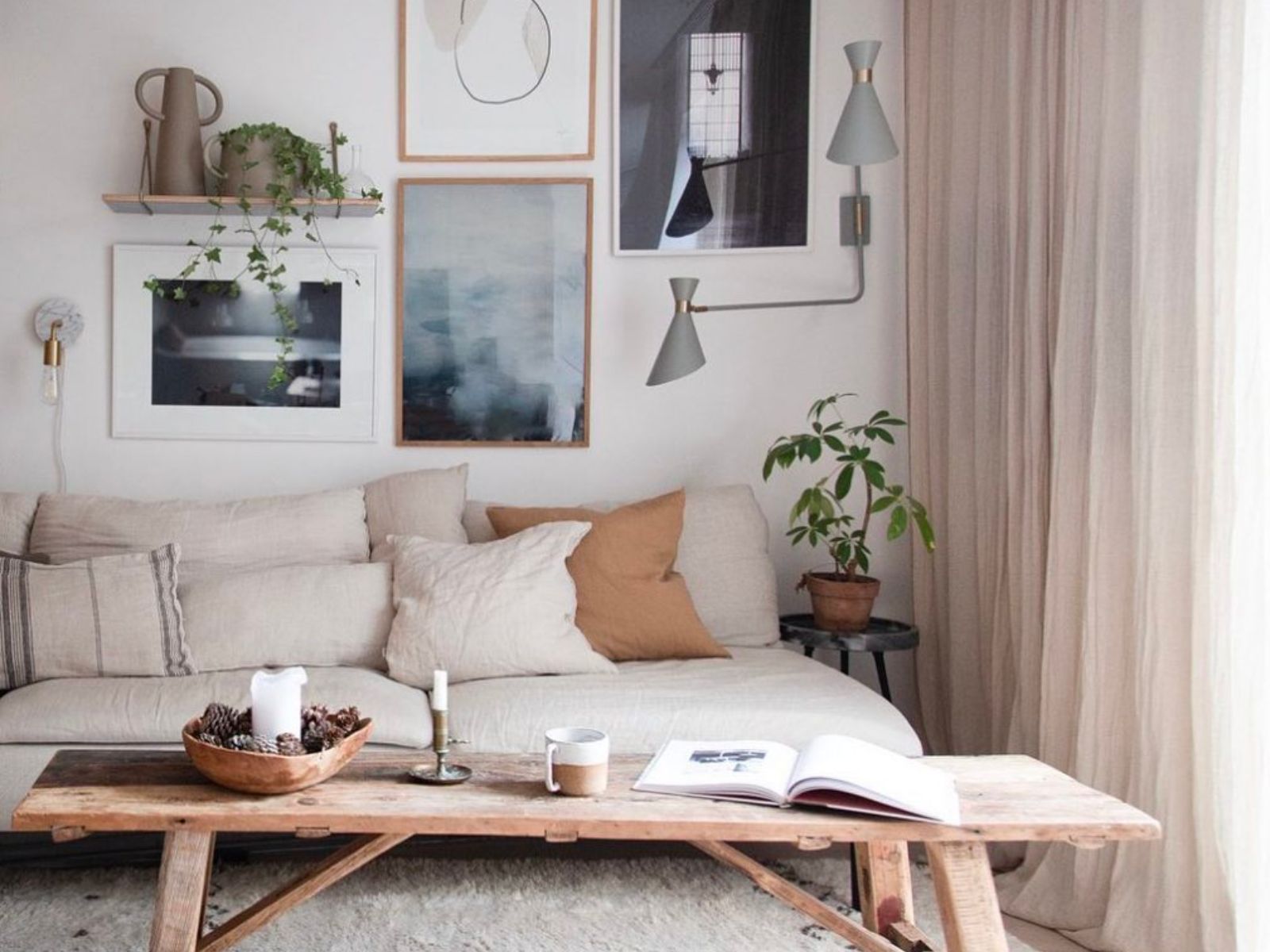
As a movement, Scandinavian design has its roots in the early 20th century, mixing old and new styles from Denmark, Sweden, Iceland, Finland and Norway.
In the 1950s, Scandinavian interior design gained great popularity in the United States and Canada. Towards the middle of the century, Scandinavian design increasingly intersected with more modern furniture styles, following the strong push of industrialisation and, above all, the modernist sensibility of the German Bauhaus movement.
In Scandinavia, however, industrialisation came later than in much of Europe. Scandinavian design therefore reflects both modern trends and more traditional aesthetics, leading to an overall style that blends the freshness of contemporary design with elements of time-honoured craftsmanship.
The Scandinavian style was, and continues to be, simple, minimal, functional, accessible and handcrafted. Nordic interior design is, after all, centred on the use of simple but impressive furnishings and accessories that can both enhance everyday life and add a touch of design to the ordinary.
Key elements of Nordic interior design
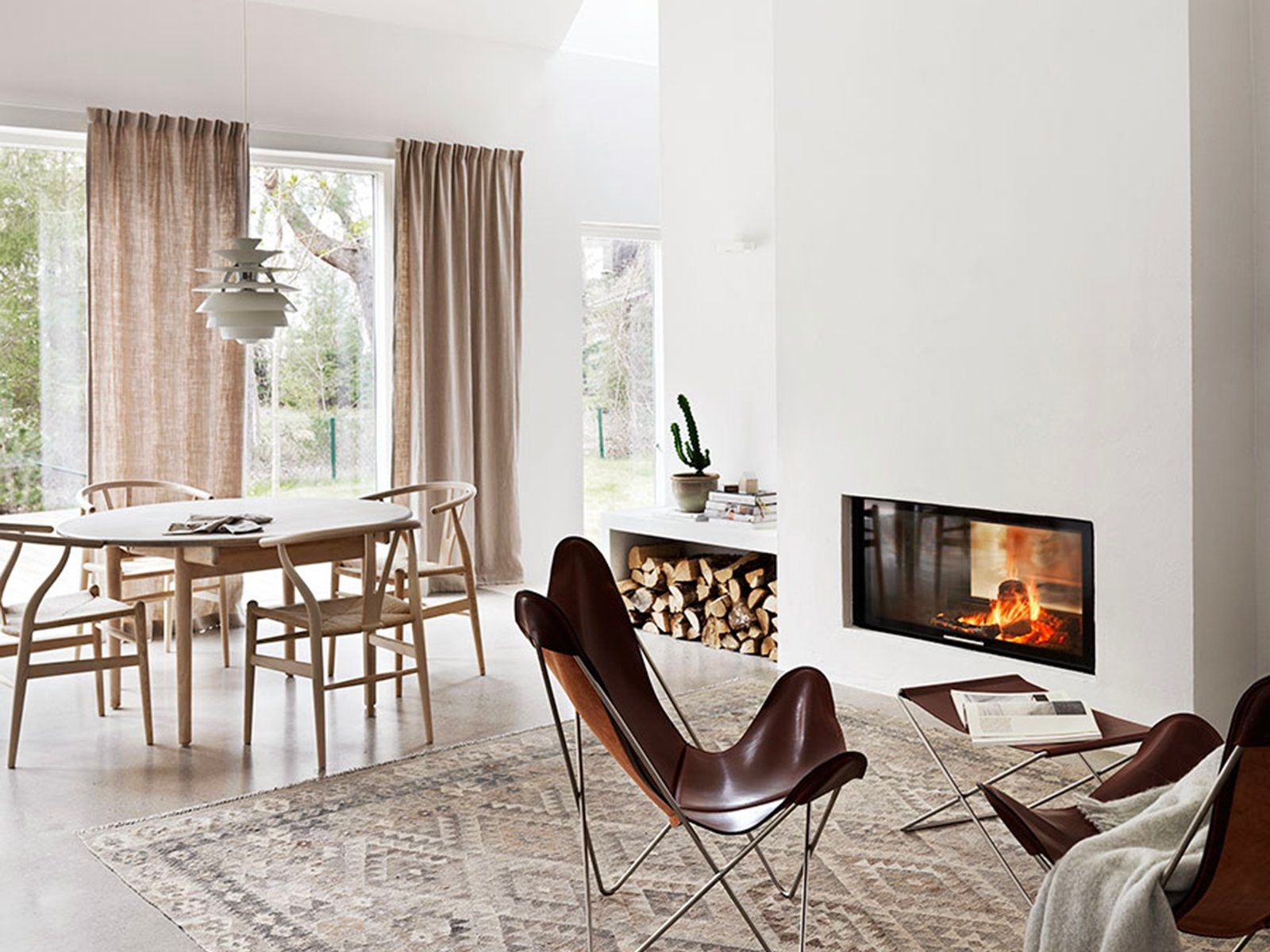
1. Minimalism
Scandinavian design emphasises bright, open spaces with enough room to move and breathe within them. Visual elements such as clean lines and white space evoke a sense of calm and cosiness. Undoubtedly, clutter has no place in Nordic interior design.
Obviously, the first step to take if you want to furnish a Scandinavian-style home is decluttering. But rather than opting for an austere, ultra-minimalist look, we suggest you go for 'lagom', a Swedish term meaning 'somewhere in between' or 'just right'. We don't want too much, as neither do we want too little.
If you need some concrete suggestions for lagom, you can try using textures and colours sparingly (in carpets and curtains, for example), as well as balancing excess with the opposite qualities in the room: every coloured element should be matched by a neutral one, just as every excessively angular shape should be balanced by a soft and cosy one.
2. Quality
In line with Scandinavian craftsmanship, invest in high-quality, multi-purpose and practical pieces if you don't already have them. Scandinavian furniture, chandeliers and other functional items should look modern and striking while remaining simple and not overly ornate.
Be careful, however: this does not mean sacrificing style. In fact, when ordinary objects are made well (and with high quality materials), they can become decorative elements in their own right.
3. The natural elements
Scandinavians have an instinctive and spontaneous appreciation for nature because, historically, natural resources in Scandinavian countries were few. Communities had to learn to work with nature, to understand and respect it, in order to get the most out of what was offered to them.
This appreciation for nature manifests itself in the way Scandinavians spend time outdoors and in the way they design and decorate their homes.
In particular, Scandinavian design celebrates nature by incorporating natural elements, such as wood, wool, linen, sheepskin, canvas, jute and mohair, into furniture and objects, but also by incorporating many plants in the rooms or by making use of natural outdoor light.
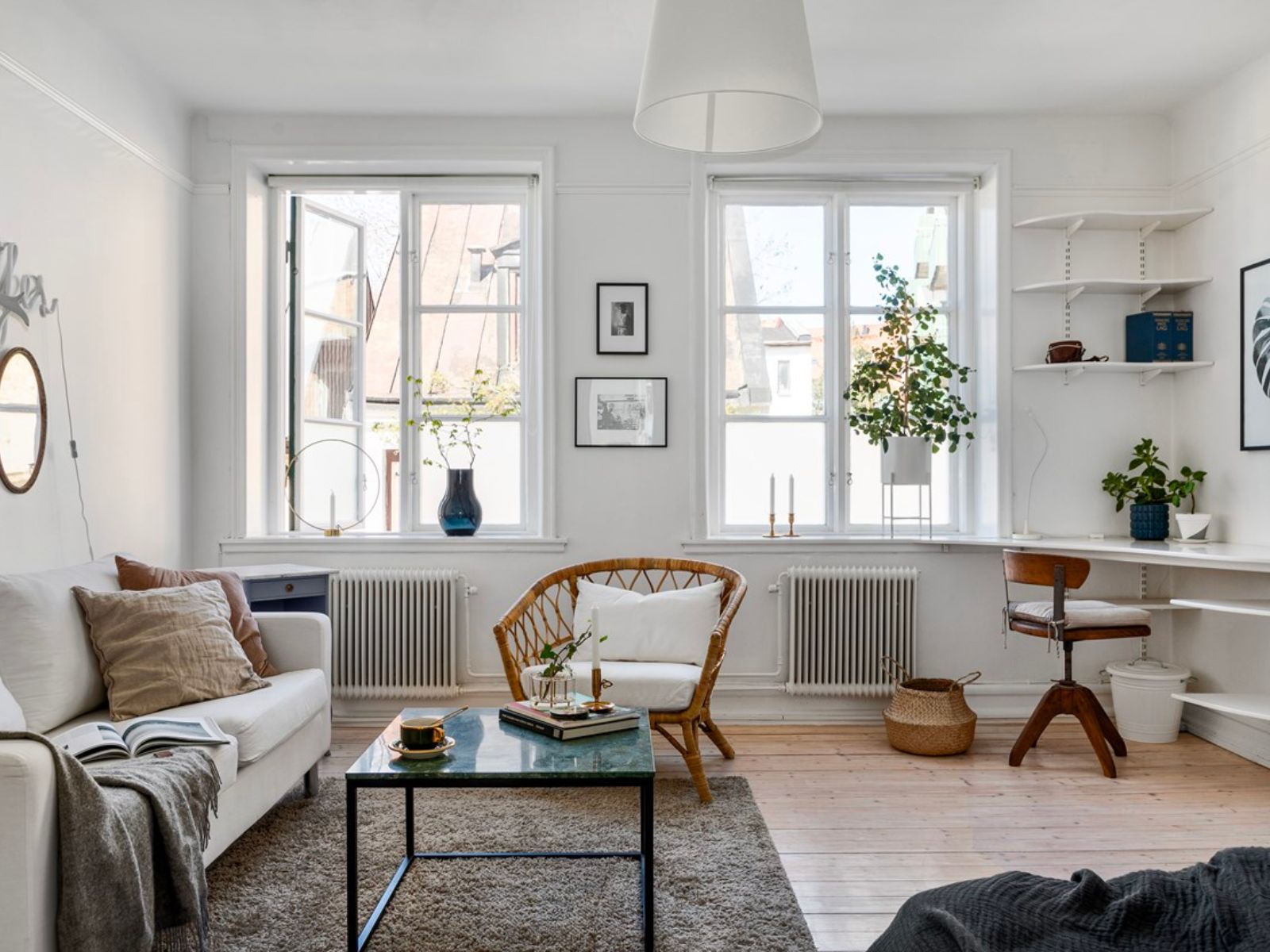
4. A preference for neutral colours
When it comes to colour, the Nordic style imitates the palette of nature: earth, stone and wood, with touches of brighter colours. A neutral colour scheme is as simple as it is sophisticated and the choice of lighter versions of the wall colour lends lightness, as does light wood.
This background allows furniture to act as accents, providing interest and contrast. In larger furnishings, which can therefore give the room a strong colour accent, we recommend greyish blue, lots of green plants, warm shades and monochrome or botanical prints. In smaller objects or accessories you can indulge in bolder and more unexpected colours.
5. The importance of Hygge
Some people like an extremely minimal, almost monastic version of the Scandinavian style. But, more often than not, the freshness of white and clean lines are softened by warmer textures and colours and another important piece of the Nordic interior design puzzle: hygge.
Hygge is a Danish word that roughly translates to 'cosiness'. And since Scandinavian design is influenced by the rigours of Scandinavian winters, staying warm and cosy is essential.
To increase hygge, add objects and accessories that generate feelings of warmth, cosiness and comfort, such as candles, soft blankets, slippers, plants and trinkets. If you have a fireplace, make it the focal point of the room, as if it were a gathering place. In short: add all those personal touches to your Nordic-style home that make you happy!
The AGOF Store selection for your Scandinavian-style home
At AGOF Store you'll find lots of furniture, accessories and household items with which to perfect the Nordic interior design of your home. Take a look at the products we have selected for you and let yourself be inspired by our proposals!


